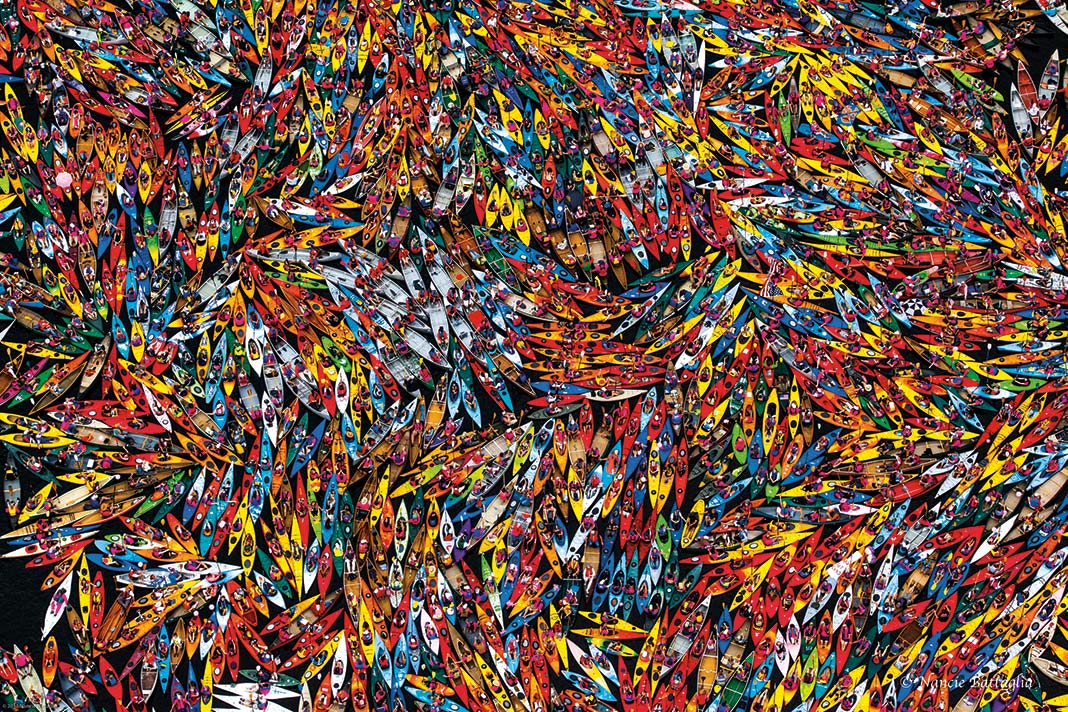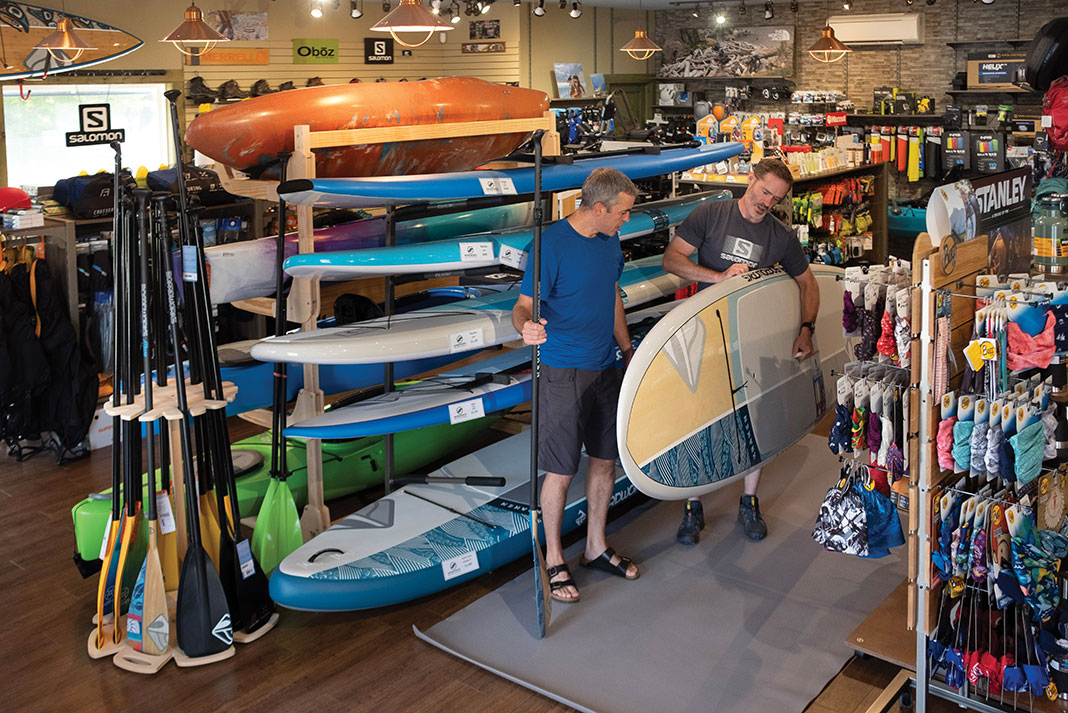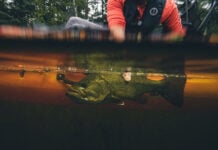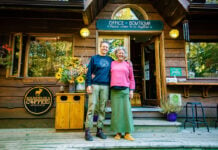For two decades, Ed Vater was the general manager and under-the-radar owner of Branches LLC, the Wisconsin-based manufacturer of Bending Branches and Aqua Bound paddles. Vater joined Branches in 2002, brought it back from the edge of bankruptcy, and quietly purchased the company in 2015.
In April 2022 he sold the business to three members of the company’s leadership team he personally recruited and mentored. We caught up with Vater just after his first post-retirement paddling trip—“Whole trees were getting torn out and floating downriver… We spent a day drinking coffee and telling lies, and when we were able to get on the water it was just ripping”—to get his take on paddlesports after the boom, manufacturing in North America and passing the reins.
Branches’ Ed Vater reflects on 20 years in the business
PB: You could have sold Branches to anyone, but you kept it in the family, so to speak.
EV: I think it’s obvious I could have gotten more by selling it to some outside party, and I would have never lived with myself if some big outfit bought it and hooched it all up and everybody lost their jobs.
Paddlesports is too small an industry for companies to be run inactively. You need somebody with their heart in it. If you’re making pharmaceuticals at 30 percent pre-tax profit, you can be really sloppy and keep it going. But prior to the Pandemic, the average manufacturing company was making three or four percent pretax. If you hooch that up, you’re done.
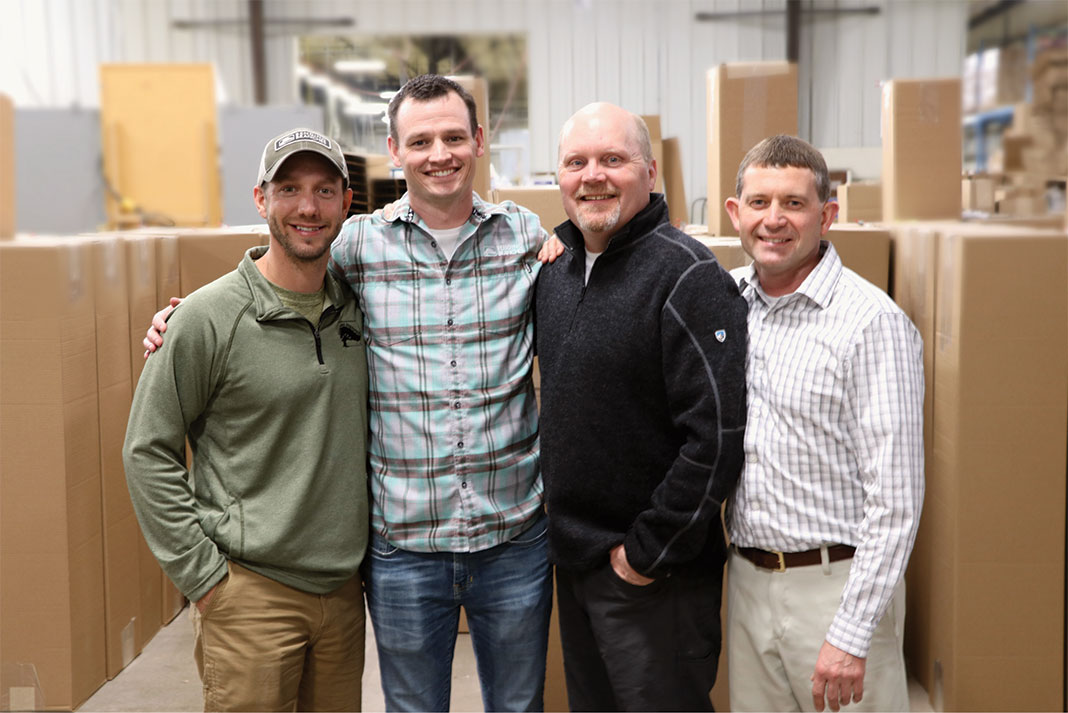
PB: Would you say that’s the secret sauce at Branches?
EV: I sure think so, but it’s no secret. It’s just whether you actually do it or not. And to me, it starts with the people. There’s kind of a magic to hiring the right people where they’re professionally competent but also enthused about the sport. They can’t just be a lifestyle person. They’ve got to be somebody who can run a business, and who would walk through fire to make it work.
PB: Well it’s working. I read in the release announcing your retirement that Branches is the world’s largest paddle company.
EV: That’s true.
PB: Isn’t there a whole city in China where they make nothing but paddles?
EV: You have to define what market you play in. The low-end paddle that Dick’s Sporting Goods sells is the same paddle that West Marine sells and the same paddle people sell on Amazon. Those guys certainly win on units, but if you look at market share data for any of the specialty retailers—the REIs, the L.L. Beans, any of the 1,200 independents, the Rutabagas—Branches is the dominant player. We’re just not going to make something at $23 and sell it at Walmart.
PB: How have you, as a U.S. domestic manufacturer, managed to reach that scale despite higher costs for labor, materials, overhead and all the rest?
EV: You just have to be differentiated and have something you stand for. And it is going to cost more. I really like Graham [Mackereth] at Pyranha, and if you look at his products, he’s not going to be able to do what Pelican can do. He can never be that cheap, so he’s got to be there on performance, quality features, service integrity, brand strength.
“You can’t spend half an hour talking to somebody about a paddle and then sell it for $23.” — Ed Vater
The biggest challenge for paddling—has been and will continue to be—is the size of the overall market, and whether it’s big enough for quality players to carve out a space. If Branches had to do half its business in $23 paddles, it would no longer exist because the per-unit margin on that stuff is so microscopic. If it just sits on a rack and sells itself, fine. But you can’t spend half an hour talking to somebody about a paddle and then sell it for $23. Now if you carry Branches or Werner and you’re selling a paddle for $350, you can definitely spend the time to get somebody into the perfect product.
PB: Paddling saw a huge influx of new users in the past couple of years. Does that change the calculus?
EV: A million new paddlers bought gear during the Pandemic. Some of them are the most casual of users and there’s no chance of turning them serious. But what percentage are like you and me when we first got exposed and said, “Well, this is fun. We’re going to keep paddling, and we better upgrade our gear.”
Because so many of those people are being dealt with through e-commerce, the retailers know who they are more than ever before. So the question is what kind of outreach as an industry can we do to try to engage those people into being a little bit more hardcore.
I see this short-term challenge: All the brands are so busy dealing with the demand and the supply chain issues and the labor market, and they don’t have the time to think about how to capture and engage these new customers.
PB: So the challenge is also the opportunity?
EV: Yes, and I see that as a challenge especially for folks sourcing largely in Asia. We’ve seen where the Pandemic demand is outrunning supply by a whole bunch and they’re encountering huge delays. By the time the product is finally showing up, the demand is waning. Picture yourself being one of those companies, and all of a sudden another 20 container loads show up. You’ve finally got a lot of inventory right when you don’t need as much inventory.
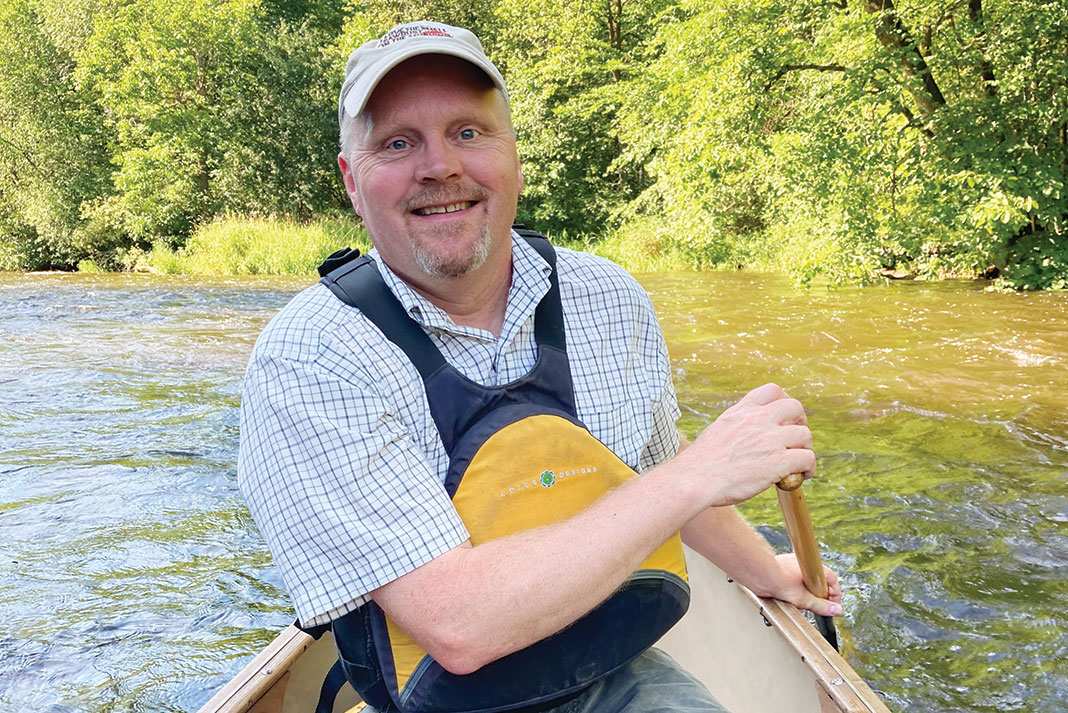
PB: There’s a risk of overshooting?
EV: It seems inevitable to me. So I think domestic players are a lot stronger because they haven’t had to deal with that. You’re dealing with the increased costs of production here, but during the Pandemic, you were able to score because you weren’t waiting for containers. And after the Pandemic, you’re not going to have millions and millions of dollars of product sitting around and struggling with cash flow.
PB: Final thoughts?
You don’t know the value of an industry until you leave it. I decided to go work at Canoecopia next spring as a volunteer, just to see those really good friends I see maybe twice a year at Canoecopia, the Big Gear Show or overseas in Europe. I didn’t realize how emotional it would be to get out. And then you realize just what a nice industry we have with so many tremendous people in it.
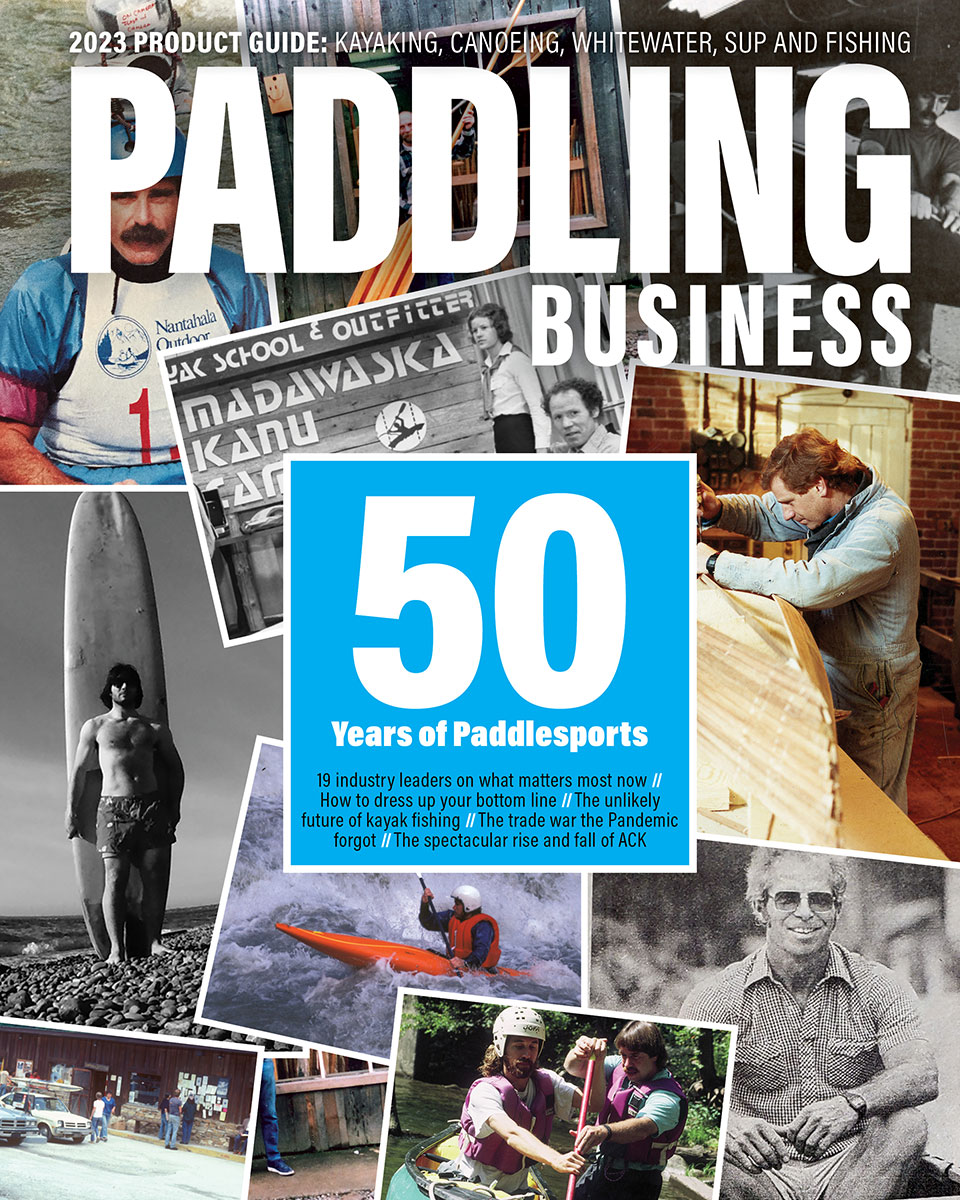
Ed Vater, released back into his natural habitat. | Feature photo: Courtesy Branches


